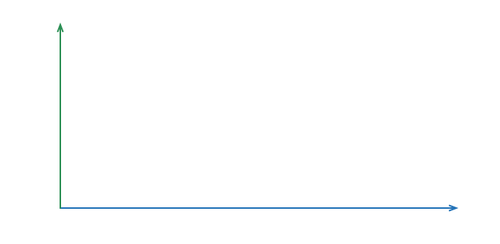Vector
Classical Mechanics
Level
1
 Find the magnitude of the resultant of a force 6N due east and a force 8N due north.
Find the magnitude of the resultant of a force 6N due east and a force 8N due north.
2 N
23 N
5 N
10 N
This section requires Javascript.
You are seeing this because something didn't load right. We suggest you, (a) try
refreshing the page, (b) enabling javascript if it is disabled on your browser and,
finally, (c)
loading the
non-javascript version of this page
. We're sorry about the hassle.

The resultant of two vectors in this case two forces is given by A 2 + b 2 = C so form this we find the resultant/ magnitude by the formula resultant= ( 6 ) 2 + ( 8 ) 2 ) = 1 0